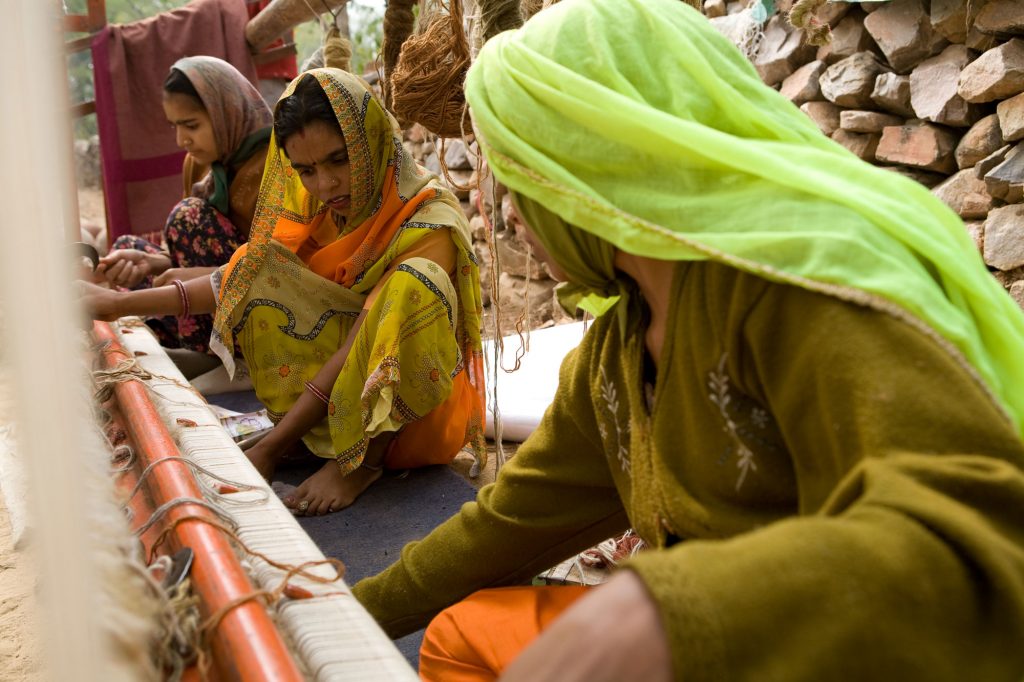In the abstract, the need, even the imperative, to collaborate is fairly obvious because everyone understands that given the scale and complexity of the problems facing the world, no one player can do everything, or anything, of consequence.
However, despite this understanding, we don’t see any real collaboration happening. The question to be asked therefore is—why aren’t people collaborating, despite the obvious stated advantages of doing so?
The barriers to collaboration
In all (eco)systems, every transaction has two sides to it. For example, in the natural world, the most basic transaction is eat or be eaten. For that ecosystem to thrive, there is no need for either the prey or the predator to recognise that they are part of the larger ecosystem; they just have to play their parts and do what they know how to do.
Acting from one’s own ‘selfish’ perspective doesn’t lead to a thriving ecosystem in the social sector.
But merely continuing to do what you know, and acting from one’s own ‘selfish’ perspective doesn’t lead to a thriving ecosystem in the social sector. If I go about my business and somebody else goes about theirs, it’s not an optimal solution, because there is a larger societal goal here.
One understands ‘self-interest’ when one talk about markets and when they fail. However, most social sector systems are not ‘free markets’, and therefore the ‘invisible hand’ does not successfully align self-interest with the larger collective interest.
Participants in our sector must therefore recognise that they are part of this ecosystem instead of just individuals acting in self-interest. We must realise that there is a great deal of value in our world that money and the economic system don’t capture. And to be able to create a genuine ecosystem that generates this value would require us to be mindful of the fact that we are part of the whole. We cannot just be individual players doing the best we can.
Once we do recognise that we are part of the larger ecosystem, the next barrier is managing the tension between competition and collaboration—when is it good to think of oneself versus when must one think of the herd and the entire system.
There are new ideas coming into the social sector either in the form of social entrepreneurship or through people crossing over from corporates, most of whom have naïve views on how markets work, and tend to go about business in the same competitive manner they did in their past lives. Unfortunately, that view of the world doesn’t work when the system is complex and inter-dependent, and most of the things that we value about the sector are not monetary.

Why aren’t people collaborating, despite the obvious stated advantages of doing so? | Photo courtesy: Charlotte Anderson
So, there is competition within a group—between nonprofits for resources, but also between groups—between funders and grantees.
Though it’s obvious that a collaborative mindset must be brought, acting on this realisation is quite difficult.
Consider the case of a funder-grantee relationship. The assumption is that the donor will try to drive down costs while the partner-nonprofit will try to push it up; they will bargain and come with an optimal solution—this is a market approach to coming to the right cost of a project.
The question is, is negotiation or bargaining the right way to optimise the costs of a project? Further, given the power dynamics at play between funders and grantees, this negotiation has very little chance of arriving at the optimal solution.
It feels obvious then that a collaborative and a co-creating mindset must be brought to this relationship. However, actually acting on this realisation is quite difficult in the heat of that conversation. Being mindful, at all times, of all the factors at play, is not easy.
Collaboration therefore requires adopting a very conscious mindset; because it’s not a natural state of being for us and the incentives to work together are never going to be sufficient.
There is no place from where you can see the entire ecosystem that you are a part of. You can only see one part of it. As a result, your response to a problem comes only from your point of view, which in turn depends on the location you occupy. It is therefore not a complete view of what’s happening.
It’s important to recognise this: the fact is, you need other people’s points of view to understand the ecosystem in its entirety. Only when you see the system from multiple locations, only when many people come together and share their vision, can you imagine it together.
Putting the cart of the ‘how to’ before the horse of the ‘why to’
In our sector today, most conversations have moved to the ‘how-to-collaborate’ mode, a seemingly sensible, practical way of implementing an idea that we all agree upon. On reflection however, it seems to me that the first and possibly a very big barrier to collaboration is that it is a specific mindset that all actors (starting with oneself) should actively and consciously cultivate.
The tools of collaboration, the ‘how-to’—multi-stakeholder dialogues, sustained discussions, working together on projects, developing a shared theory of change, and so on—will start to have traction only if we bring this mindset to the situation.
In conclusion, collaboration is neither ‘natural’ or ‘inevitable’. It is also not primarily a ‘know-how’, a technique and a tool kit. It is at its heart a conscious mindset that when cultivated and brought to bear on situations and interactions can leverage the tools we have to deliver actual collaboration.





